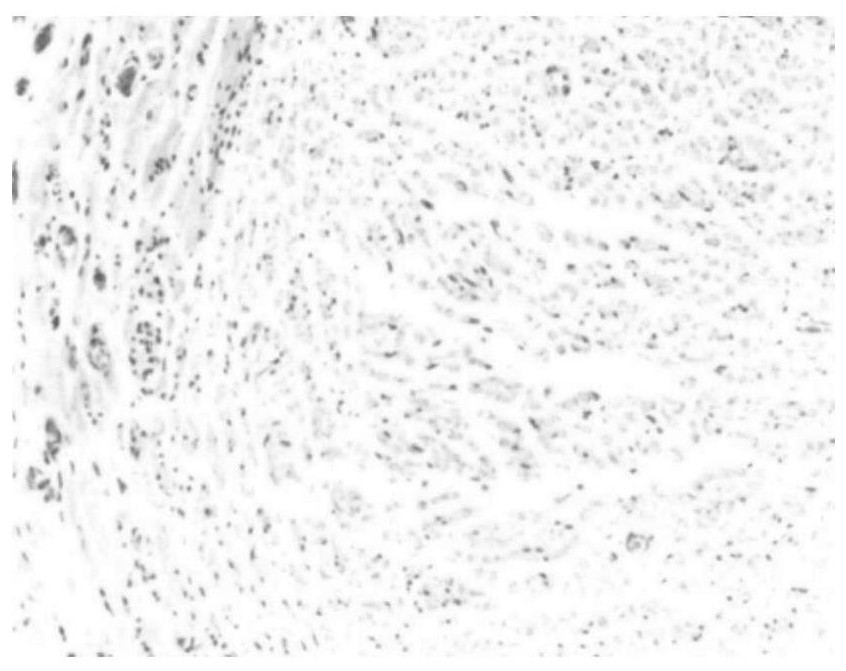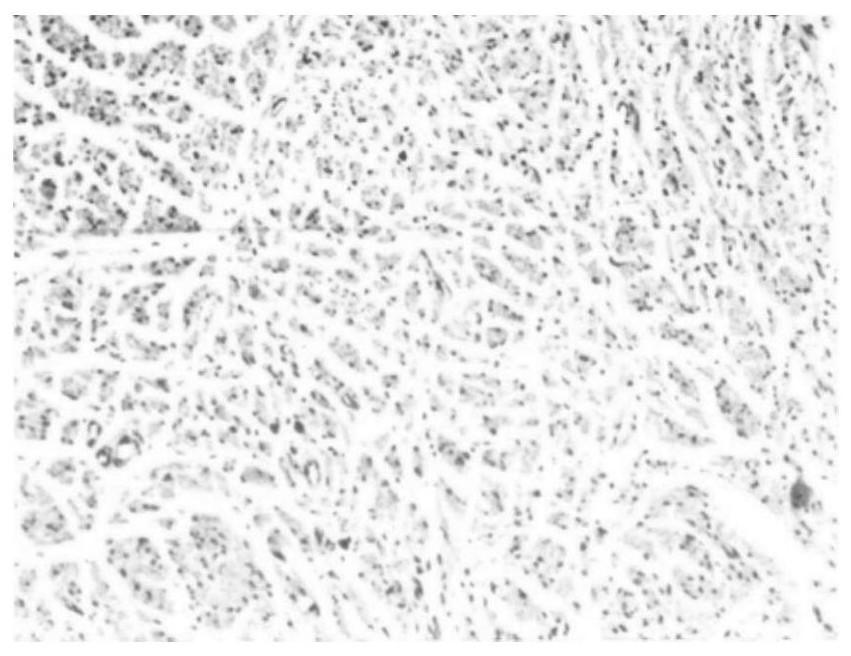A controllable biodegradable copolymer with basic copolymerization center
一种共聚物、碱性的技术,应用在高分子材料,制备组织工程领域,能够解决降低材料力学性能、降低组织pH值、不利患者健康等问题,达到改善组织pH值的影响、改善结晶性能、提高亲水性和生物相容性的效果
- Summary
- Abstract
- Description
- Claims
- Application Information
AI Technical Summary
Problems solved by technology
Method used
Image
Examples
preparation example Construction
[0053] The preparation method of the basic copolymerization center is as follows: dissolving carboxypolyethylene glycol in deionized water, then adding EDCI to the above solution for 45 minutes of reaction; adding amino acid into the activated carboxypolyethylene glycol solution, and using 1M HCl Adjust the pH value to 4, continue the reaction at room temperature for 2 hours, and then the pH value rises to 6 and continue the reaction for 1 hour; the product is dialyzed in 1 mM hydrochloric acid solution at 10°C, repeat the dialysis twice (add 1% sodium chloride to the dialysate), and freeze-dry .
[0054] The preparation method of the copolymer: mix the basic copolymerization center, left-handed, right-handed lactide, and caprolactone, and add them to the reactor. After mixing, repeatedly vacuumize and fill with nitrogen for 20 times; Add a ring-opening polymerization catalyst to the reactor, heat the reactor to the corresponding temperature, and react for a certain period of ...
Embodiment 5
[0063] The tensile property research of embodiment 5 copolymers
[0064] Table 3 copolymer performance and its tensile performance comparison
[0065]
[0066] Lactide L / D in the above table refers to the feed ratio when L-lactide and D-lactide are polymerized
[0067] The detection of polymer intrinsic viscosity is based on GB / T 1632.1-2008 plastics, using a capillary viscometer to measure the viscosity of dilute polymer solutions, and the tensile strength and elongation at break are based on GB / T 1040.3-2006 Determination of tensile properties of plastics No. 3 Part: The test conditions for thin plastics and thin sheets are carried out. Dispersion is determined by GPC. As can be seen from Table 5, in 3 kinds of copolymers provided by the present invention, add multi-arm copolymerization center, PEG compared with non-added copolymer (comparative example 1,3), elongation at break has obvious increase, illustrates that the present invention provides The copolymer has high...
Embodiment 6
[0068] Example 6 Cytocompatibility and degradation solution pH of basic copolymerization center copolymer
[0069] 6.1 Cytocompatibility experiments of copolymers
[0070] The copolymers in Examples 1-4 and Comparative Examples 3-4 were hot-pressed into a film with a thickness of 0.2mm at 150°C and 9MPa with a flat bed, and then cut into discs with a diameter of 15mm, according to The sequence of ethanol, tap water and three-distilled water was washed three times repeatedly, and then washed three times with sterilized three-distilled water. After washing, it was fixed on the bottom of the well of the tissue culture plate, and after ultraviolet sterilization, 1 mL of cells was added to each well of the tissue culture plate. Suspension (1×10 5 cells / mL), at 37°C, 5% CO 2 After cultivating in an incubator with saturated humidity for a certain period of time, observe the cell morphology with a microscope, then remove the culture medium, wash away non-adherent cells with buffer, ...
PUM
| Property | Measurement | Unit |
|---|---|---|
| diameter | aaaaa | aaaaa |
| polydispersity index | aaaaa | aaaaa |
| polydispersity index | aaaaa | aaaaa |
Abstract
Description
Claims
Application Information
 Login to View More
Login to View More - R&D Engineer
- R&D Manager
- IP Professional
- Industry Leading Data Capabilities
- Powerful AI technology
- Patent DNA Extraction
Browse by: Latest US Patents, China's latest patents, Technical Efficacy Thesaurus, Application Domain, Technology Topic, Popular Technical Reports.
© 2024 PatSnap. All rights reserved.Legal|Privacy policy|Modern Slavery Act Transparency Statement|Sitemap|About US| Contact US: help@patsnap.com










